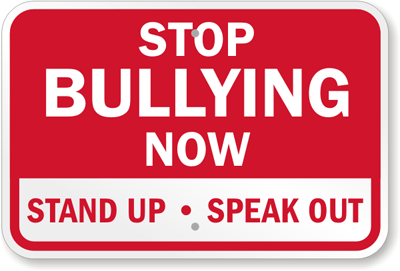
If you are in a hurry to make things happen, one cause of pain is having the right intention, but taking action in a way that makes that action seem more sinister than necessary. How do you remove a Band-Aid? Ripping it off can be hurtful and unsettling, but taking time to prepare the team (“this might sting a little, but it’s going to heal better once we put a fresh dressing on there”) lets them in on your thinking a little, and allows them to focus on the outcome, not just the action. On the other hand, telling them everything will be painless and then making the change with a “rrrrrip!” creates distrust, confusion, and fear. Fear and confusion breed questions like:
- Don’t they care about our feelings?
- I didn’t see that coming! Were they being truthful when they said I didn’t have to worry?
- If change can just happen no matter what the circumstances…what if I’m next?
As a changemaker, your instincts may tell you to get things done quickly so your initiatives don’t stall; that’s valid. Taking a little extra time to set the stage and “p-reinforce” the benefits, though, will help you fix the situation without leaving any scars.


